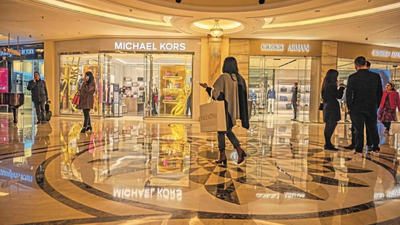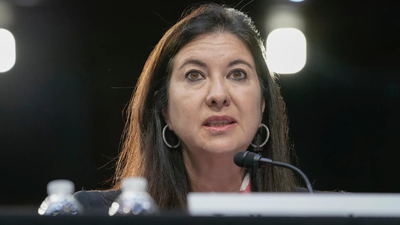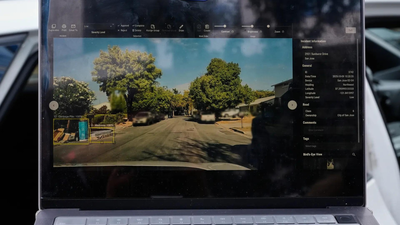Luxury sector: Galeries Lafayette targets booming Indian market – why experts warn sales may stay subdued

 Backed locally by the fashion division of the Aditya Birla Group, the retailer’s debut marks another attempt by global luxury brands to establish a firm foothold in a market long seen as promising yet difficult to navigate.As per news agency AFP, Benedicte Epinay, CEO of Comité Colbert, described the opening as “an important step,” adding that India, with its 1.4 billion population, offers a “promising” but “complicated” market.
Backed locally by the fashion division of the Aditya Birla Group, the retailer’s debut marks another attempt by global luxury brands to establish a firm foothold in a market long seen as promising yet difficult to navigate.As per news agency AFP, Benedicte Epinay, CEO of Comité Colbert, described the opening as “an important step,” adding that India, with its 1.4 billion population, offers a “promising” but “complicated” market.
Brands not only deal with high import duties, complex bureaucracy and limited infrastructure, but must also compete with a thriving domestic luxury fashion scene.Despite the Mumbai outlet housing around 250 luxury and designer labels, almost all of them foreign, experts caution that global brands face strong cultural headwinds.
“If you want something for a wedding, you’ll buy Sabyasachi or Tarun Tahiliani,” said Mumbai shopper Sonal Ahuja, questioning why buyers would choose a foreign product “trying to be Indian,” according to AFP.India’s luxury sector, valued at $11 billion in 2024, is expected to rise to $35 billion by 2030, said Estelle David of Business France.
Rising incomes and thousands of new millionaire households are boosting demand for everything from Lamborghinis to Louis Vuitton bags.
“India ticks all the boxes,” Epinay was quoted as saying by AFP, but she warned that reality remains “more complex.”Ashok Som of ESSEC Business School explained that brands have “very little data” showing solid profits.
Most luxury houses have one to three stores in India, compared with 100 to 400 in China, Epinay pointed out.Limited premium retail spaces and high duties often push wealthy buyers to fly to Dubai, where the same luxury handbag can cost up to 40% less, as per AFP.
“To say you should pay extra just to buy in India?
No way,” said Mumbai entrepreneur Vishal Mathur.A proposed India–EU free trade agreement could ease some challenges by reducing tariffs, Epinay said.
But success, experts believe, will depend on how well brands adapt.
Traditional outfits such as kurtas and saris still dominate for special occasions, and Western wear remains a minority choice.Labels including Louboutin, Dior, Chanel and Bulgari are already collaborating with Indian designers, Bollywood personalities and influencers to connect with consumers.
“You have to adapt to the culture, to tastes and consumption habits,” David said, as per AFP.



